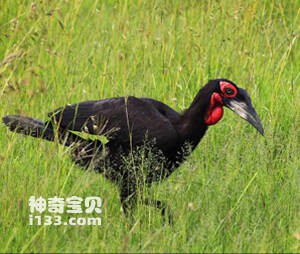
Bucorvus leadbeateri
Bucorvus leadbeateri,Southern ground hornbill
Bucorvus leadbeateri, Southern ground hornbill, is one of the most important···
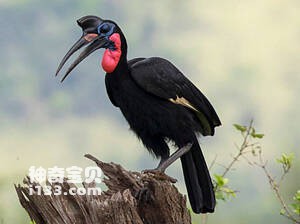
Bucorvus abyssinicus
Bucorvus abyssinicus,Abyssinian Ground Hornbill
The northern Ground Hornbill is known as Bucorvus abyssinicus and Abyssinian···
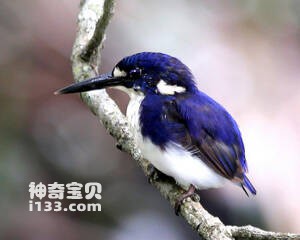
Alcedo pusilla
Alcedo pusilla,Little Kingfisher
Alcedo pusilla, Little Kingfisher, has nine subspecies.Small kingfishers are···
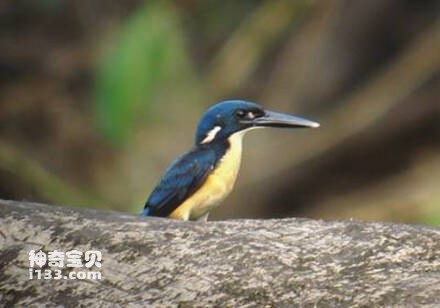
Ceyx websteri
Ceyx websteri,Alcedo websteri,Bismarck Kingfisher
Ceyx websteri, Alcedo websteri, and Bismarck Kingfisher are birds of the gen···
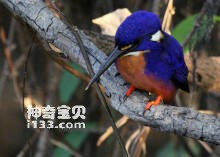
Ceyx azureus
Ceyx azureus,Azure Kingfisher
Azure Kingfisher, Ceyx azureus, has seven subspecies.Blue kingfishers often ···
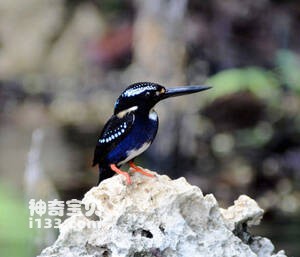
Ceyx flumenicola
Ceyx flumenicola,Northern silvery kingfisher
The Northern silver kingfisher is known as Ceyx flumenicola and Northern sil···
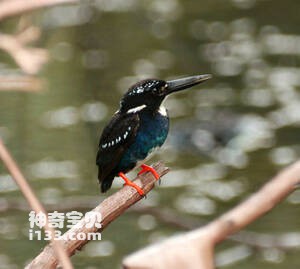
Ceyx argentatus
Ceyx argentatus,Southern silvery kingfisher
The Southern silver kingfisher is known as Ceyx argentatus and Southern silv···
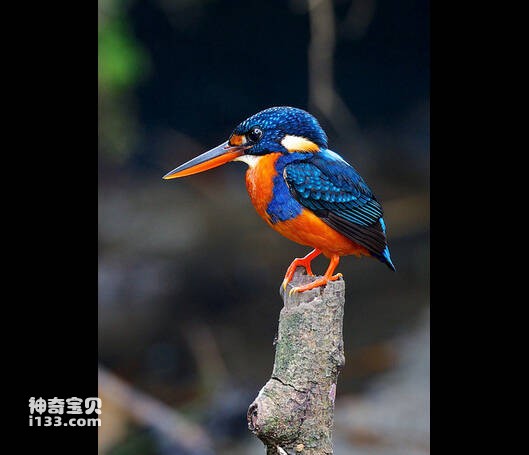
Alcedo cyanopecta
Alcedo cyanopecta,Dwarf River Kingfisher
Alcedo cyanopecta, Dwarf River Kingfisher, has 2 subspecies (1. cyanopectus ···
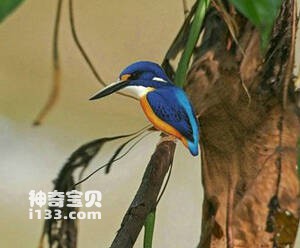
Ceyx mulcatus
Ceyx mulcatus,New Ireland dwarf kingfisher
The New Ireland dwarf kingfisher is known as Ceyx mulcatus and New Ireland d···
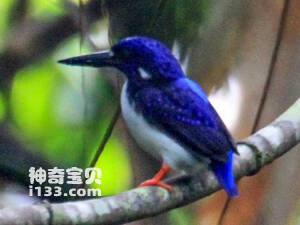
Ceyx gentianus
Ceyx gentianus,Makira Dwarf Kingfisher
Makira Island three-toe Kingfisher scientific name Ceyx gentianus, foreign l···
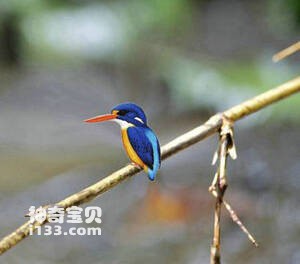
Ceyx dispar
Ceyx dispar,Manus Dwarf Kingfisher
The Manus Island three-toe Kingfisher is known as Ceyx dispar and Manus Dwar···
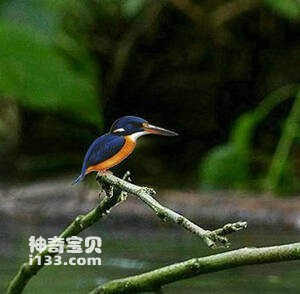
Ceyx nigromaxilla
Ceyx nigromaxilla,Guadalcanal Dwarf Kingfisher
The Guadalcanal Dwarf Kingfisher is known as Ceyx nigromaxilla and Guadalcan···
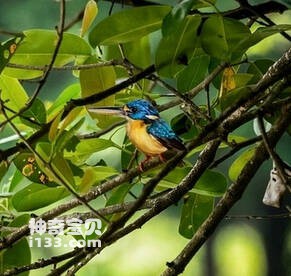
Ceyx malaitae
Ceyx malaitae,Malaita dwarf kingfisher
The scientific name of the three-toe kingfisher on Malaita Island is Ceyx ma···
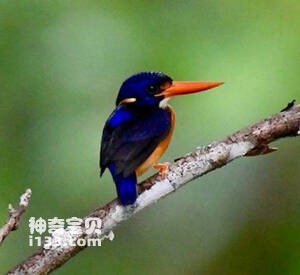
Ceyx collectoris
Ceyx collectoris,New Georgia dwarf kingfisher
New Georgia dwarf kingfisher (Ceyx collectoris, New Georgia dwarf kingfisher···
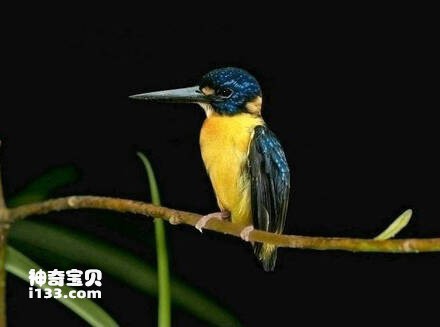
Ceyx meeki
Ceyx meeki,North Solomons dwarf kingfisher
The North Solomons dwarf kingfisher is known as Ceyx meeki and North Solomon···
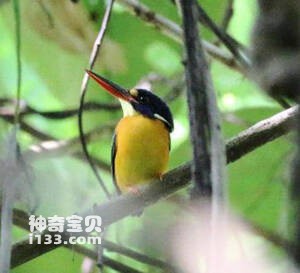
Ceyx sacerdotis
Ceyx sacerdotis,New Britain dwarf kingfisher
New Britain dwarf kingfisher: Ceyx sacerdotis, New Britain dwarf kingfisher,···
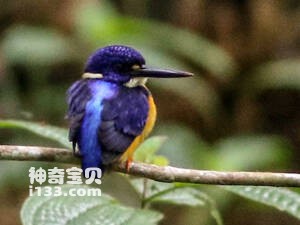
Ceyx solitarius
Ceyx solitarius,Papuan dwarf kingfisher
The Papuan dwarf kingfisher is known as Ceyx solitarius and Papuan dwarf Kin···
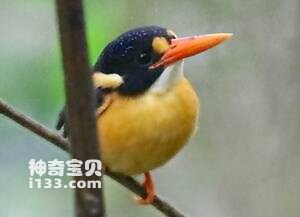
Ceyx cajeli
Ceyx cajeli,Buru Dwarf Kingfisher
The three-toe Kingfisher is known as Ceyx cajeli and Buru Dwarf Kingfisher.P···
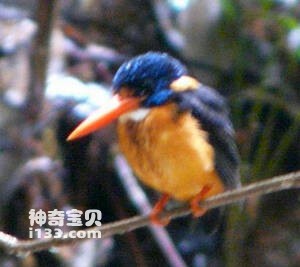
Ceyx wallacii
Ceyx wallacii,Sula Dwarf Kingfisher
The three-toe Kingfisher is Ceyx wallacii and Sula Dwarf Kingfisher. Its spe···
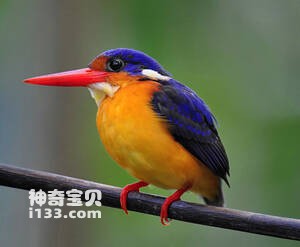
Ceyx margarethae
Ceyx margarethae,Dimorphic dwarf kingfisher
The species is known as Ceyx margarethae, Dimorphic dwarf kingfisher, and it···
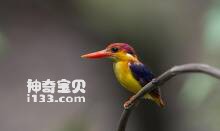
Ceyx lepidus
Ceyx lepidus,Variable Kingfisher,Moluccan dwarf kingfisher
The Moluccan three-toe Kingfisher is known as Ceyx lepidus, Variable Kingfis···
